Sabal Palmetto Palm Trees
Sabal Palmetto commonly known as cabbage palm. It is a hardiest palm which originates from tropical regions. It is salt and frost tolerant. It is capable of reaching 90 feet or more in the woods (when shaded or protected by surrounding trees) but usually seen at 40 to 50 feet in height, this amazingly sturdy native palm has a rough, fibrous trunk that is quite variable in shape, from straight and erect, to curved or leaning. Cabbage Palm is topped with a very dense, 10 to 15-foot-diameter, round crown of deeply cut, curved, palmate leaves. This is South Carolina’s and Florida’s state tree, and is well-suited to use as a street planting, framing tree, specimen, or clustered in informal groupings of varying size. Cabbage Palm is ideal for seaside locations. The four to five-foot-long, creamy white, showy flower stalks in the summer are followed by small, shiny, green to black fruits which are relished by squirrels, raccoons, and other wildlife.Cabbage Palm is about as hurricane-proof as a tree can be. They stand after many hurricanes have blown over the oaks and snapped the pines in two. They adapt well to small cutouts in the sidewalk, and can even create shade if planted on 6 to 10 foot centers.Clean the trunk of leaf bases to eliminate a habitat for roaches. Cabbage Palm is exceptionally easy to transplant and will thrive in full sun or partial shade. It will adapt to slightly brackish water as well as dry, sandy locations and requires no special care once established. But it needs to be watered regularly until established since all cut roots die back to the trunk after transplanting. New roots are regenerated from the base of the trunk and require warm soil temperatures and plenty of water to survive. There is evidence showing that removing all the fronds increases transplant survival. Tie the top-most fronds together if only lower fronds are removed so that the bud is protected during transport. Cabbage Palm is drought-tolerant, but not until it is well-established in the landscape after transplanting. New transplants (particularly those receiving too little water) are particularly susceptible to the palm weevil which kills the palm. Although one of the hardier palms, 11-degrees F. killed about twenty-five percent of the Cabbage Palms in 1983 in Baton Rouge.







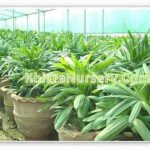

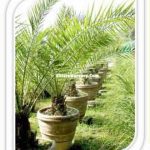
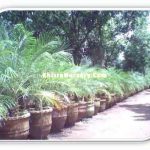

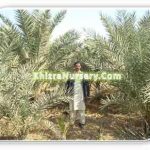
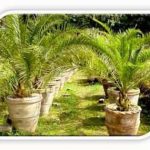

Reviews
There are no reviews yet.